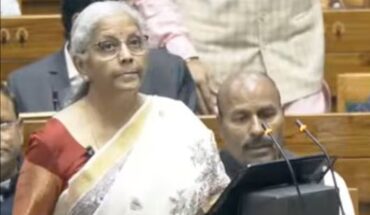The Government hopes to ring in fresh changes to the 1961 Deposit Insurance and Credit Guarantee Corporation law in the monsoon session, after the Cabinet nod this week. From savers’ perspective, the most significant modification on the anvil is a 90-day deadline for the Corporation (DICGC) to remit the insured deposits of customers in troubled banks. As per the plan, once the RBI imposes curbs on a bank, the clock will start ticking and by the 91st day or thereabouts, account holders will get their outstanding balance back with a cap of Rs 5 lakh. While Finance Minister Nirmala Sitharaman said this will not apply retrospectively, she did indicate that this would apply to cases of lenders already under a moratorium. In the last two years, Yes Bank, Lakshmi Vilas Bank and the PMC Bank, have faced such a bar on depositors seeking to withdraw. PMC Bank accounts still face such curbs, even as savings parked in other co-operative lenders that have gone under continue to elude their rightful owners. The Minister said it normally takes eight to 10 years for insured deposits to be forked out, from the time a bank hits a hurdle and myriad conditions are imposed on withdrawals. But these delays were well-known last year too, when the insured deposit amount was raised to Rs 5 lakh from Rs 1 lakh laid down in 1993. Making incremental changes in quick succession suggests a piecemeal approach to governance rather than a system-wide view, even though the government says it has been working ‘overtime’ to resolve the PMC Bank crisis. Given the rising distress in households and the downward momentum in savings levels, this change must be allowed to make it through the din in Parliament. The move can be a source of renewed comfort for people in the banking system, grappling with bad loans, dwindling deposits and a still-fledgling insolvency framework.




